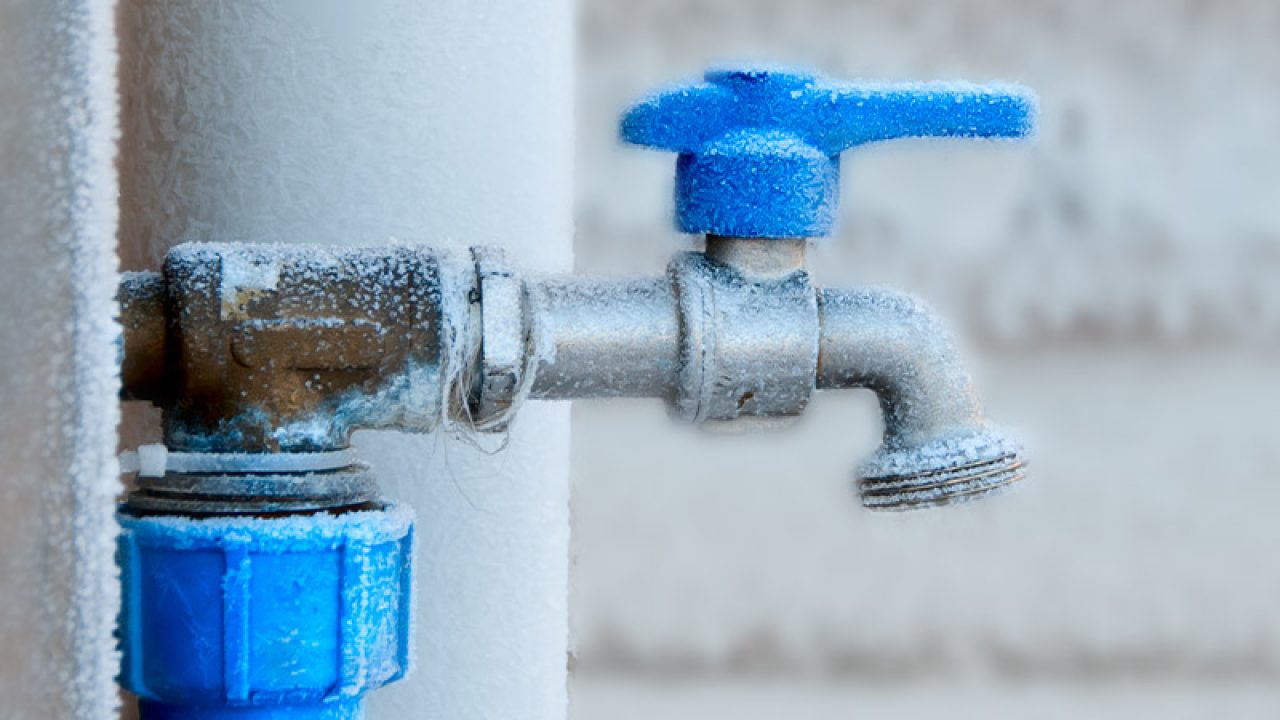Crucial Advice for Avoiding Frozen Pipes in Winter Conditions
Call TodayThis post following next in relation to 6 Ways to Prevent Frozen Pipes is rather engaging. Don't miss out on it.

Cold weather can damage your pipes, specifically by freezing pipes. Right here's exactly how to stop it from happening and what to do if it does.
Introduction
As temperatures decrease, the danger of icy pipelines increases, potentially resulting in pricey fixings and water damages. Recognizing just how to prevent frozen pipes is critical for home owners in chilly environments.
Prevention Tips
Insulating at risk pipes
Wrap pipes in insulation sleeves or utilize warm tape to safeguard them from freezing temperature levels. Concentrate on pipes in unheated or outside areas of the home.
Home heating methods
Maintain indoor areas effectively heated up, specifically areas with pipes. Open cupboard doors to permit warm air to flow around pipelines under sinks.
Exactly how to identify frozen pipelines
Search for decreased water flow from faucets, unusual odors or sounds from pipes, and visible frost on subjected pipes.
Long-Term Solutions
Structural changes
Take into consideration rerouting pipelines far from exterior wall surfaces or unheated locations. Add extra insulation to attics, cellars, and crawl spaces.
Upgrading insulation
Buy top quality insulation for pipelines, attic rooms, and walls. Correct insulation assists maintain consistent temperatures and minimizes the threat of frozen pipes.
Shielding Exterior Plumbing
Garden tubes and outside taps
Separate and drain garden pipes before wintertime. Install frost-proof spigots or cover exterior faucets with insulated caps.
Comprehending Frozen Pipelines
What causes pipelines to ice up?
Pipelines ice up when subjected to temperature levels below 32 ° F (0 ° C) for prolonged periods. As water inside the pipes freezes, it expands, taxing the pipeline wall surfaces and potentially creating them to rupture.
Risks and problems
Icy pipes can lead to water supply disturbances, property damages, and costly repairs. Ruptured pipes can flooding homes and trigger comprehensive structural damage.
Indicators of Frozen Piping
Identifying frozen pipes early can stop them from bursting.
What to Do If Your Pipes Freeze
Immediate activities to take
If you suspect icy pipes, keep faucets open to alleviate stress as the ice melts. Utilize a hairdryer or towels soaked in warm water to thaw pipes slowly.
Verdict
Avoiding icy pipelines calls for proactive steps and fast feedbacks. By understanding the reasons, indications, and safety nets, home owners can safeguard their pipes throughout winter.
Helpful Tips to Prevent Frozen Pipes this Winter
UNDERSTANDING THE BASICS: WHY PIPES FREEZE AND WHY IT’S A PROBLEM
Water freezing inside pipes is common during the winter months, but understanding why pipes freeze, and the potential problems it can cause is crucial in preventing such incidents. This section will delve into the basics of why pipes freeze and the associated problems that may arise.
THE SCIENCE BEHIND FROZEN PIPES
When water reaches freezing temperatures, it undergoes a physical transformation and solidifies into ice. This expansion of water as it freezes is the primary reason pipes can burst. As the water inside the pipe freezes, it expands, creating immense pressure on the walls. If the pressure becomes too great, the pipe can crack or rupture, leading to leaks and water damage.
FACTORS THAT CONTRIBUTE TO PIPE FREEZING
Low Temperatures: Extremely cold weather, especially below freezing, increases the risk of pipes freezing. Uninsulated or Poorly Insulated Pipes: Pipes located in unheated areas, such as basements, crawl spaces, or attics, are more prone to freezing. Insufficient insulation or lack of insulation altogether exacerbates the problem. Exterior Wall Exposure: Pipes running along exterior walls are susceptible to freezing as they encounter colder temperatures outside. Lack of Heating or Temperature Regulation: Inadequate heating or inconsistent temperature control in your home can contribute to frozen pipes. PROBLEMS CAUSED BY FROZEN PIPES
- Pipe Bursting: As mentioned earlier, the expansion of water as it freezes can cause pipes to burst, resulting in significant water damage.
- Water Damage: When pipes burst, it can lead to flooding and water damage to your property, including walls, ceilings, flooring, and personal belongings.
- Structural Damage: Prolonged exposure to water from burst pipes can compromise the structural integrity of your home, leading to costly repairs.
- Mold and Mildew Growth: Excess moisture from water damage can create a favorable environment for mold and mildew growth, posing health risks to occupants.
- Disrupted Water Supply: Frozen pipes can also result in a complete or partial loss of water supply until the issue is resolved.
WHY CERTAIN PIPES ARE MORE PRONE TO FREEZING
- Location: Pipes located in unheated or poorly insulated areas, such as basements, crawl spaces, attics, or exterior walls, are at higher risk of freezing.
- Exterior Pipes: Outdoor pipes, such as those used for irrigation or exposed plumbing, are particularly vulnerable to freezing as they are directly exposed to the elements.
- Supply Lines: Pipes that carry water from the main water supply into your home, including the main water line, are critical to protect as freezing in these lines can affect your entire plumbing system.
- Underground Pipes: Pipes buried underground, such as those connected to sprinkler systems or outdoor faucets, can be susceptible to freezing if not properly insulated.
https://busybusy.com/blog/helpful-tips-to-prevent-frozen-pipes-this-winter/

I stumbled upon that page about 6 Ways to Prevent Frozen Pipes while doing a search on the search engines. In case you liked our blog entry plz do not forget to pass it around. Thanks a lot for your time. Revisit us soon.
Schedule Today